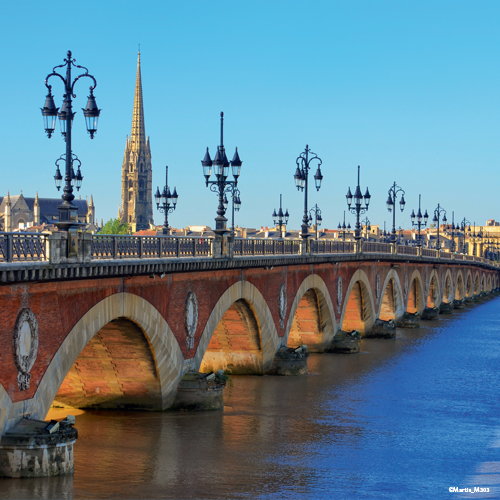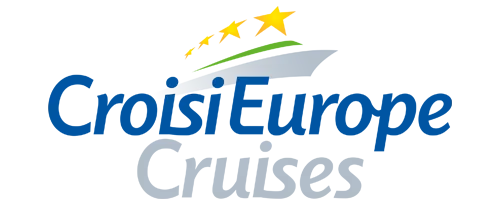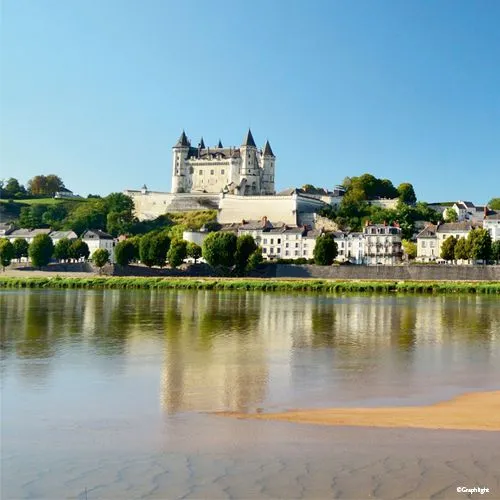- Home
The major rivers of France
The major rivers of France
France has several dozen rivers, with generally over 100 recorded in total. However, only five major rivers are commonly mentioned: the Rhine, the Rhône, the Loire, the Seine, and the Garonne.
All these rivers have tributaries, but to be considered a "fleuve" (major river), a watercourse must flow directly into the sea or ocean (unlike a "rivière," which is considered a tributary of a "fleuve").
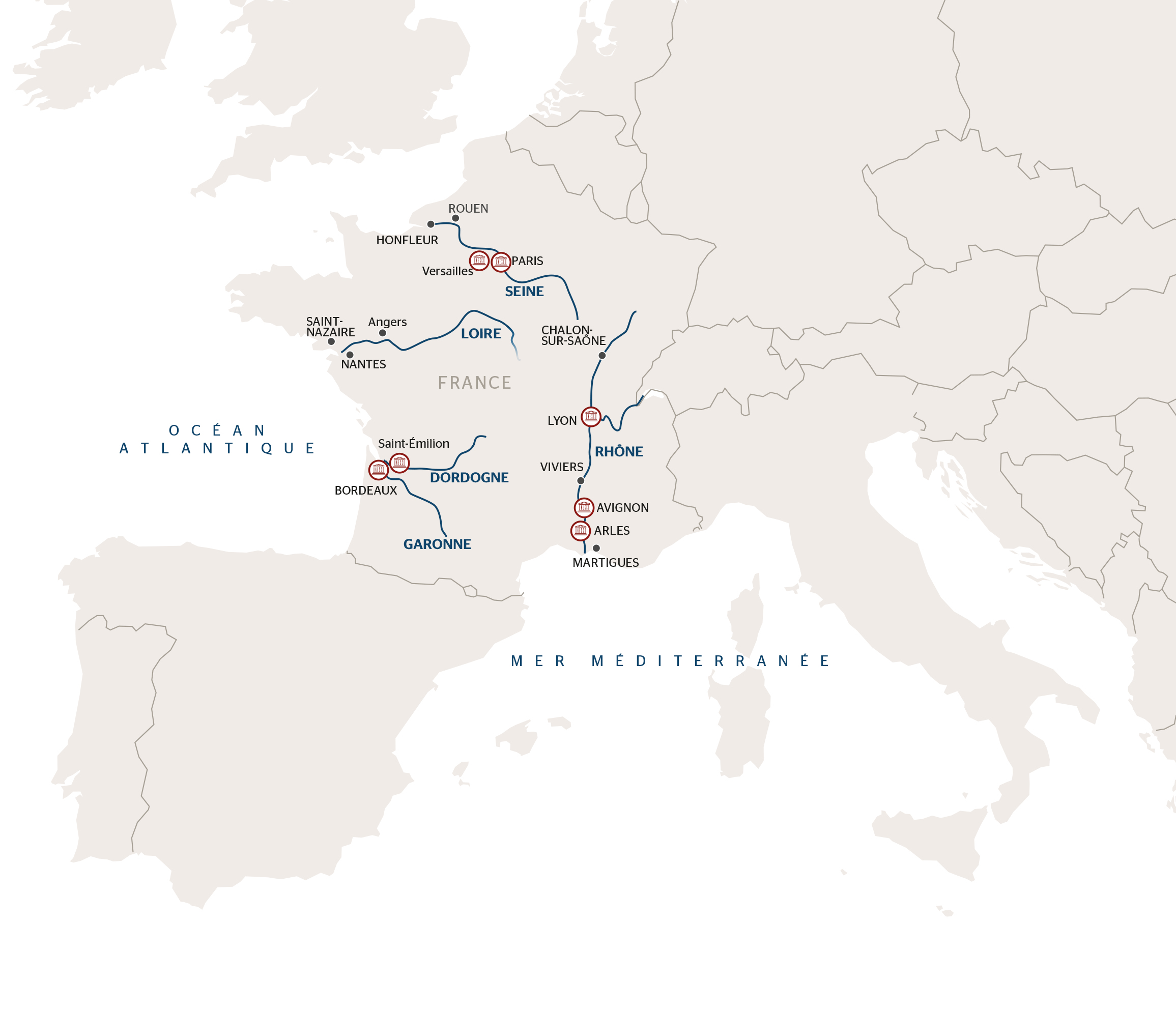
The Rhine, an international river
The Rhine is the quintessential international river. It originates in the Swiss Alps, in the canton of Graubünden, and flows 1,350 kilometers before emptying into the North Sea in the Netherlands, where it receives waters from the Meuse before splitting into multiple branches. The Rhine acts as a natural border between Switzerland and Austria, between Switzerland and Germany, and also between France and Germany—where it runs along Alsace for 180 kilometers, separating the Vosges Mountains and the Black Forest between Basel and Mainz.
From there, its course moves toward Luxembourg and the Netherlands, where it becomes broad and powerful. The Rhine is the 29th longest river in the world, shorter than the Danube (2,892 kilometers) but longer than the Loire (1,010 kilometers). Although it belongs to all its bordering countries, the Rhine does not cross any cities directly; rather, it flows alongside them. This is notably true for Karlsruhe, Mannheim, Mainz, Koblenz, Cologne, Düsseldorf, and Strasbourg—cities that constitute major Rhine ports and some of our remarkable stops.
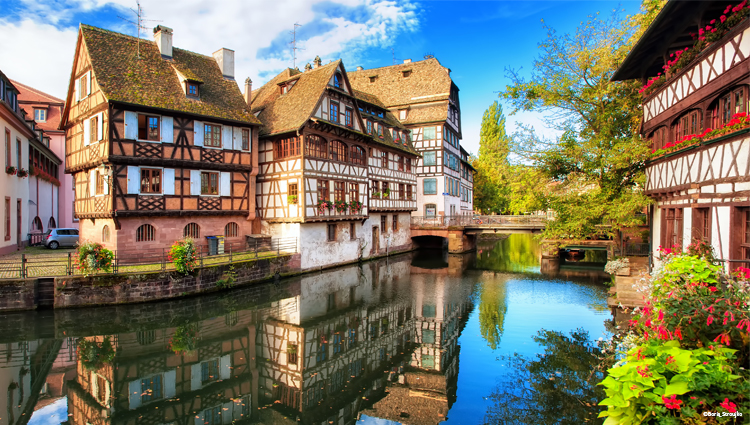
The Seine, the serpent-like river
"Sequana," meaning "similar to a serpent." The Seine owes its name to a Roman goddess worshipped over 2,000 years ago at the river’s source, located on the Langres plateau. Indeed, the river, stretching 776 kilometers, forms a series of meanders downstream of Paris, winding through Champagne, the hills of Île-de-France, and Brie. Along its route, wooded banks alternate with chalky hillsides, steep slopes, and flat shores.
Although the Seine descends gently (with only a 26-meter elevation drop between Paris and the sea), its flow can vary dramatically—from 30 m³/s during dry years to as much as 2,400 m³/s, as recorded during the historic flood of 1910. During dry summers, the river has occasionally dried up as far downstream as Châtillon-sur-Seine. In 1966, the construction of the Seine reservoir dam allowed for greater regulation of the river and its tributaries upstream of Paris, providing a consistent flow of up to 35 m³/s. This dam combines practicality with leisure, facilitating hydroelectric production, boating, fishing, and tourism.
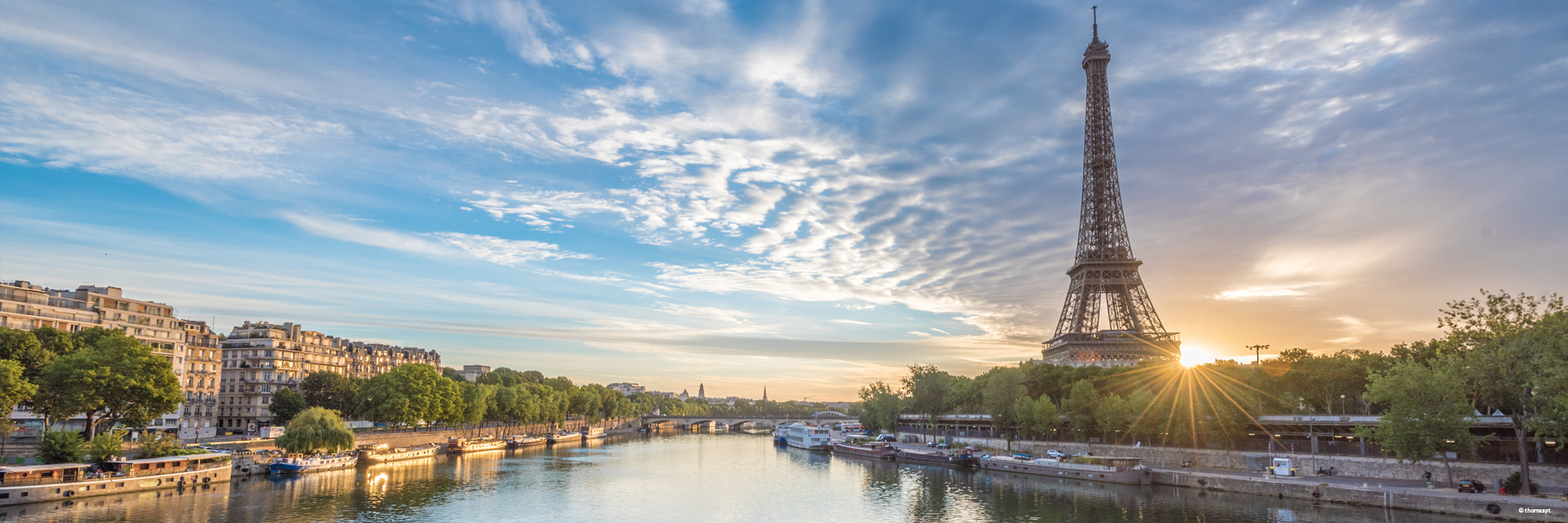
The Loire, the River of the Kings of France
The Loire Valley tells the story of a truly unique river. It is the only major river in Western Europe that has never been fully canalized, earning it the title of the "last wild river in Europe." Flowing majestically and unpredictably over 1,006 kilometers, the Loire is known for flooding, shifting sandbanks, and varying water depths. Its journey begins at Mont Gerbier-de-Jonc in Ardèche and ends in the Atlantic Ocean.
Although navigable over a distance of 700 kilometers until the 18th century, today the Loire is officially navigable only from its mouth at Saint-Nazaire up to Bouchemaine near Angers.
This free-flowing river has shaped the enchanting landscape of the Loire Valley.
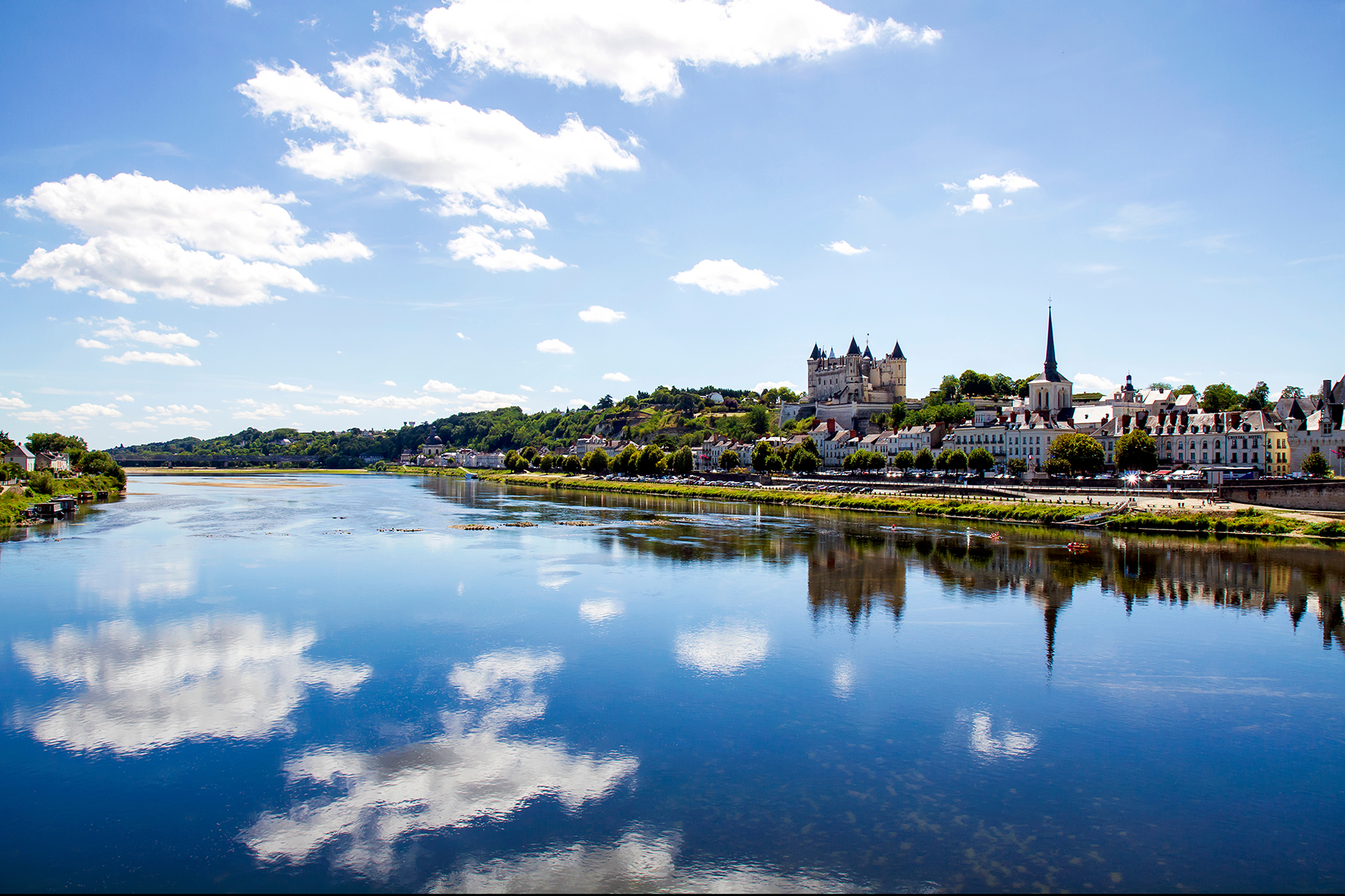
The Rhône, gateway to the Mediterranean
The Rhône, one of France’s five major rivers, is an immigrant. Born in Switzerland in the Saint-Gotthard Massif at an altitude of 1,750 meters, it retains the impetuous character of its Alpine origins. In 1934, the Rhône was extensively developed by the "Compagnie Générale du Rhône," resulting in canals, hydroelectric plants at Génissiat and Donzère-Mondragon, and locks at Bollène and Vallabrègues.
Mediterranean by nature, the Rhône carries us to the heart of our Gallo-Roman heritage. Additionally, extended northward by its companion, the Saône, it invites us on a true pilgrimage through some of the most famous vineyards flourishing along its banks.

The Garonne, River of the Southwest
The Garonne is an iconic river of southwestern France. Originating in the Spanish Pyrenees, in the Val d'Aran, it flows for 647 kilometers before joining the Atlantic Ocean in the Gironde estuary.
A cross-border river, the Garonne first flows through Spain before entering France via the Haute-Garonne department. It runs through Toulouse, where it forms a central part of the urban landscape, then continues toward Agen, Marmande, and Bordeaux, where it becomes a strategic navigation route before merging into the vast Gironde estuary.
Although smaller in scale than the Rhine or the Seine, the Garonne is essential to its surrounding communities. It shapes the Bordeaux vineyard landscapes, provides water for agricultural plains, and plays a pivotal role in the port economy. Its occasionally feared floods are evidence of its power and unpredictable nature.
